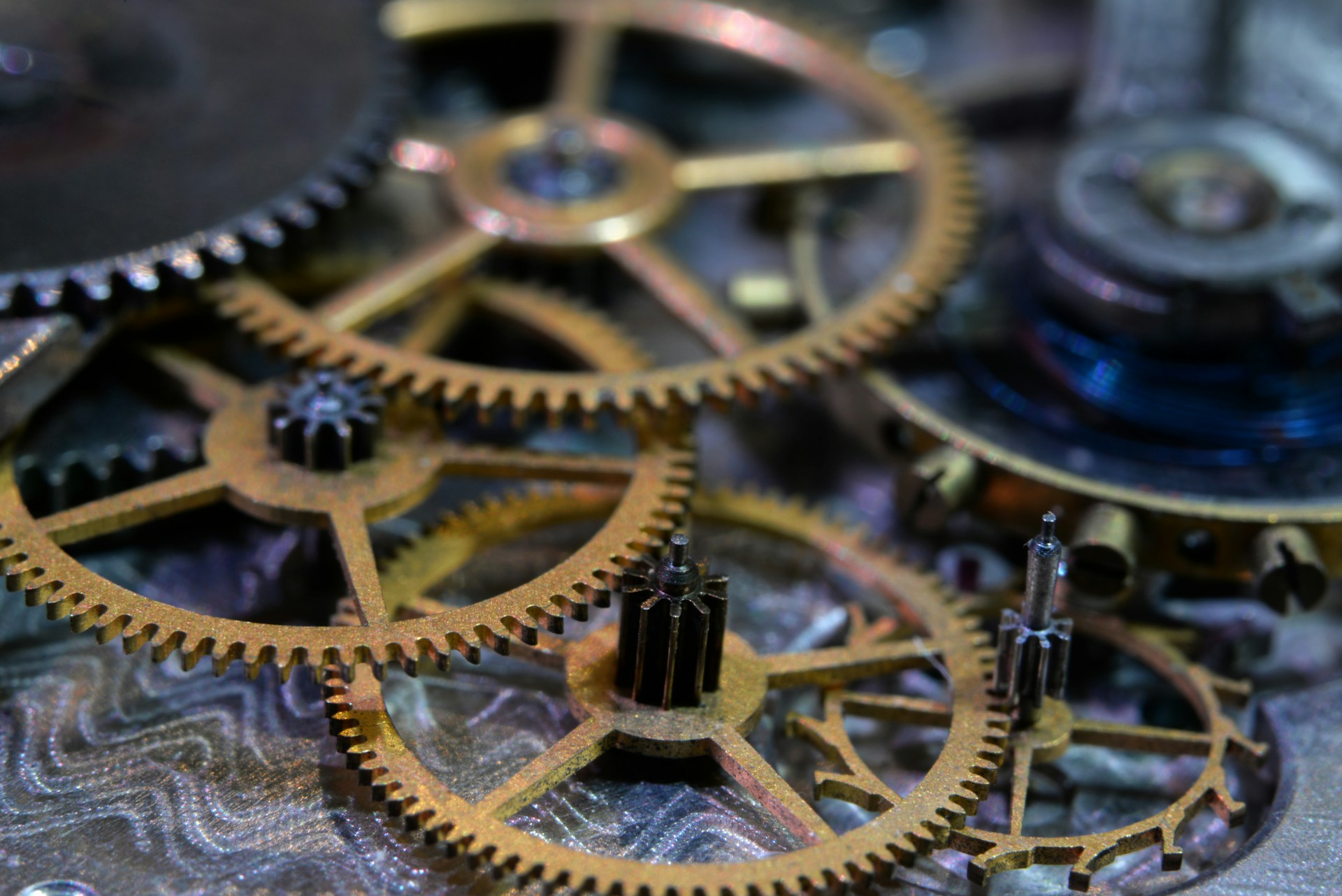There’s something undeniably captivating about a Swiss watch. Even in an age dominated by smartwatches and digital clocks, these mechanical masterpieces continue to command admiration not just for their ability to tell time, but for the artistry, precision, and heritage they embody. Each tick of a Swiss watch is a quiet testament to centuries of meticulous craftsmanship, where tiny gears, springs, and jewels work in perfect harmony to measure the passage of time with astonishing accuracy.
In a world where technology offers instant convenience, mechanical watches hold a unique allure. They are tangible pieces of engineering, blending scientific precision with artistic design, and serving as symbols of status, heritage, and personal expression. But what truly lies beneath the elegant exterior of a Swiss timepiece?
This article will take you inside the fascinating world of Swiss watchmaking, exploring the intricate engineering that powers these watches, the artistry that makes each piece unique, and the precision mechanisms that have earned Switzerland its reputation as the ultimate home of horology. From the mainspring to the balance wheel, we’ll uncover the secrets that make Swiss watches timeless treasures in both function and form.
History of Swiss Watchmaking
Swiss watchmaking dates back to the 16th century, when Protestant reformer John Calvin banned the wearing of jewelry in Geneva. Artisans turned their skills to creating small, intricate timepieces, marking the birth of a craft that would soon define Swiss precision. By the 18th century, Switzerland had become the epicenter of horology, producing watches renowned for their reliability and craftsmanship.
Key milestones shaped this legacy: the development of the lever escapement, the invention of the tourbillon to improve accuracy, and the rise of luxury watch brands that emphasized both design and precision. Swiss innovation wasn’t limited to mechanics; it extended to aesthetic mastery, blending elegance with functionality. Over time, Swiss watches became synonymous with trust, durability, and refined engineering.
Swiss culture, which values meticulous attention to detail, patience, and excellence, played a pivotal role in shaping watch precision. Generations of skilled watchmakers perfected techniques by hand, ensuring that each timepiece met exacting standards. This devotion to quality established a global reputation that endures today.
Anatomy of a Mechanical Swiss Watch
At the heart of every Swiss watch lies the movement, or caliber the intricate engine that powers the watch. The mainspring stores energy, winding slowly to release power through the gear train, which transmits it to the hands. The escapement regulates the release of energy, while the balance wheel and hairspring maintain precise oscillations, ensuring accuracy down to fractions of a second.
Beyond these core components, many Swiss watches include complications additional features like chronographs, calendars, or moon phases that showcase both technical skill and aesthetic ingenuity. To reduce friction and enhance durability, tiny jewels are embedded in the movement, serving as bearings for delicate gears and enhancing long-term precision.
The Art of Precision Engineering
Swiss watchmakers achieve unparalleled mechanical precision through a combination of artistry and science. While automation aids consistency, handcrafting remains essential for fine adjustments, meticulous finishing, and assembly of complex components. Every watch undergoes rigorous testing to ensure that it maintains accuracy over decades, with tolerances often measured in fractions of a millimeter.
Innovations Behind Swiss Watches
Swiss horology continues to evolve with technological innovation. Modern timepieces use advanced materials such as silicon components for reduced friction, and anti-magnetic alloys to maintain accuracy in challenging environments. Shock resistance and waterproofing techniques enhance durability, while limited editions and proprietary mechanisms elevate both performance and collectibility. Each innovation reflects a commitment to precision, longevity, and artistry.
Emotional and Aesthetic Value
Swiss watches are more than instruments of time they are expressions of heritage, craftsmanship, and personal identity. Collectors value the stories behind each piece, the artistry of design, and the technical mastery embedded within. Precision engineering is a source of pride, while the visual beauty of intricate dials, polished cases, and complex movements appeals to both connoisseurs and casual admirers alike. Some watches even appreciate in value over time, blending emotional connection with tangible investment potential.
Conclusion
Swiss watches embody a unique fusion of art, engineering, and tradition. From the historical roots of Geneva watchmakers to the modern innovations in materials and mechanics, each timepiece reflects centuries of dedication to precision. In an era dominated by digital technology, mechanical Swiss watches continue to captivate enthusiasts, reminding us that true mastery lies not just in functionality, but in the unseen complexities and exquisite craftsmanship hidden inside every watch.
